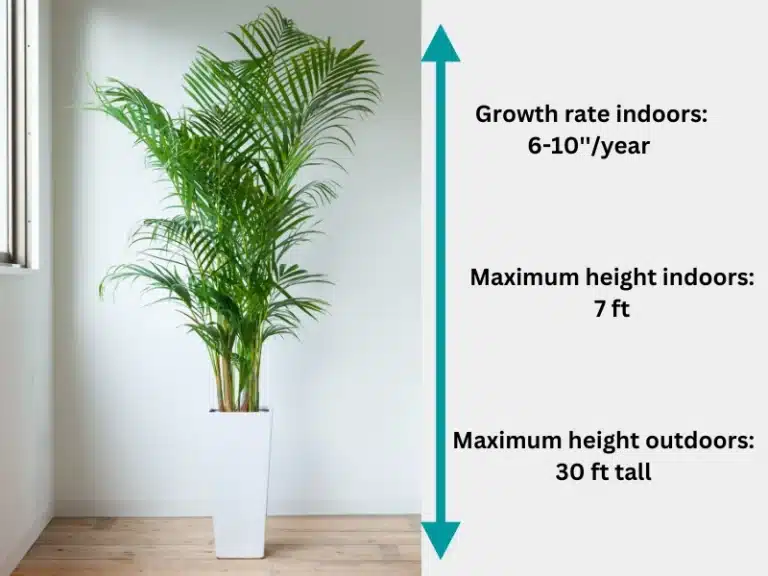11 Best Plants for East-Facing Windows
When people come to our nurseries to buy indoor plants, we always ask them a few questions so that we can suggest plants that are suitable for their indoor setting. One of the questions I always ask is, “Where do you intend to place the plant?”
The most common answers I get are ‘east-facing,’ ‘south-facing,’ ‘west-facing,’ and ‘north-facing’ windows.
I’m Alex Worley, a certified master gardener with over 11 years as a nursery attendant and houseplant care expert. If you have an east-facing window, I’ve suggested below plants that are suitable for you.
How much light does an east-facing window receive?
Not all windows receive the same amount and quality of light throughout the day.
East-facing windows get 4-5 hours of direct sunlight in the morning and gentler, indirect light for the rest of the day.
The morning sun that shines directly into an east-facing window can be intense, but the harsh rays taper off by mid-morning. By afternoon, an east window receives only indirect sunlight as the sun travels across the sky towards the west.
This combination of direct morning sun and indirect afternoon sun makes an east-facing window suitable for many popular houseplants, including:
- Peace lily
- Heartleaf philodendron
- Moth orchid
- Umbrella tree
- Boston fern
- Youth-on-age
- Japanese fatsia
- Fiddle leaf fig
- Hoya plant
- Calathea
- Maranta
Plants that demand high light may flourish in an unobstructed east window where they can soak up the intense early rays.
I recommend positioning houseplants that prefer bright, indirect light a few feet from the window to prevent them from getting scorched during peak sun hours.
To be super-specific, use a light meter, such as the Dr. Meter LX1330B, to measure how much light your plant receives in lumens per square meter (Lux). Here’s a quick guide for you.
- Low light: 270 to 807Lux.
- Medium light: 807 to 1614 Lux.
- High: 1614 to 10764 Lux.
Indoor Plants for East-facing Windows
Here are some of the best west-facing window plants to grow:
1. Peace lily (Spathiphyllum)
The peace lily is a tropical plant known for its gorgeous white blooms that arise from dark green foliage.

Native to the tropical rainforests of Colombia and Venezuela, the peace lily thrives in bright, filtered light. Therefore, place it 4-5 feet away from an east-facing window to provide the perfect amount of indirect sun.
Peace lilies enjoy average room temperatures “between 68 and 85 °F and nighttime temperatures about 10 °F cooler,” according to the Clemson University Home and Garden Information Center.
Allow the soil to partially dry out between waterings. The glossy peace lily leaves will droop to signal their thirst.
Read more about care for peace lilies indoors here.
2. Heartleaf Philodendron (Philodendron scandens)

Native to the rainforests of Central and South America, the heartleaf philodendron is known for its dark green, glossy, heart-shaped leaves.
This vining plant grows best in bright, indirect light, making it perfectly suited for an east-facing window.
I recommend placing philodendrons a few feet back from the window to protect them from getting scorched by the intense morning sun. You can move the plant closer to the window in the afternoon when the sunlight is gentler.
Caring for a heartleaf philodendron is easy:
- Water once a week and mist the leaves occasionally to boost humidity.
- Use an acidic, peat-based potting mix.
- Fertilize monthly with a balanced liquid fertilizer during spring and summer.
Pro tip: Avoid placing your heartleaf philodendron too far away from the window. Extremely low light conditions may result in slower growth and yellowing in philodendron leaves.
3. Moth Orchid (Phalaenopsis spp)
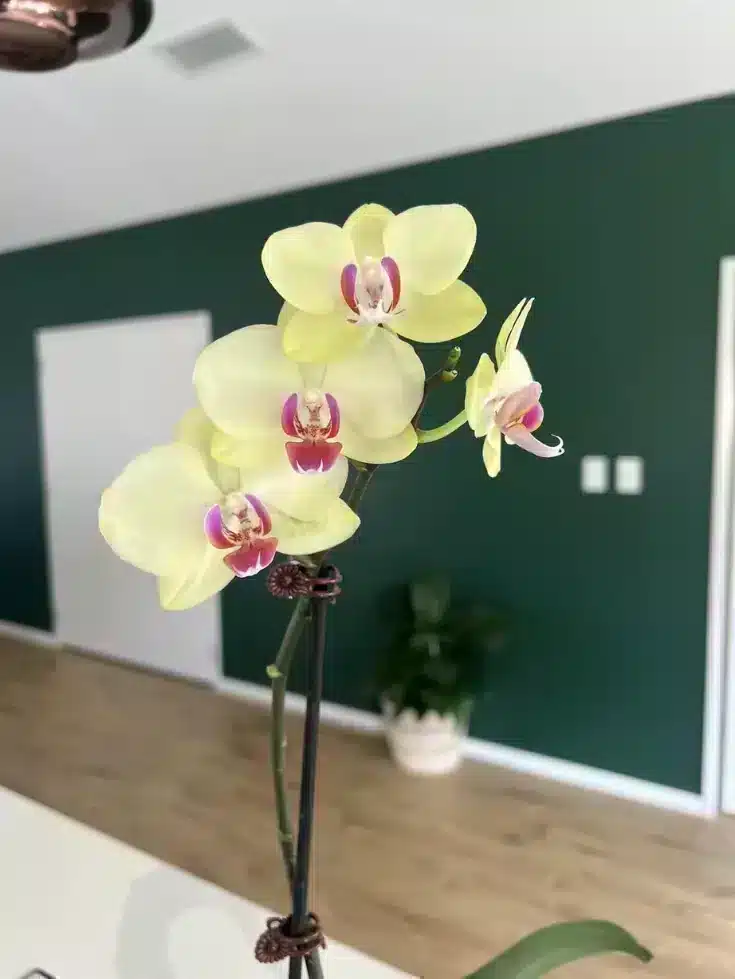
Native to warm Asian forests, these epiphytes thrive in indirect sunlight. Place moth orchids 5-7 feet from an east window to provide the recommended 12-14 hours of brightness. Early morning sun helps nourish the plant before intense midday rays.
Water when the orchid potting mix is almost dry, about once a week. I prefer soaking the pot for 5 minutes, then let it drain completely. If you use the same method as mine, never allow water to pool in the decorative outer pot, as wet feet cause root rot.
Use an orchid fertilizer at 1/4 strength each month to stimulate growth.
Encourage orchid reblooming by providing 55-80% humidity, daytime temperatures of 70-85°F, and excellent air circulation. Blooms last 8-12 weeks, then the plant enters a rest period before the next flowering cycle begins.
When repotting, carefully remove from the old pot and trim dead roots. Repot in an orchid mix in a pot with ample drainage.
My preferred method of propagating moth orchids is from baby keikis that form along the flower stem.
4. Umbrella Tree (Schefflera actinophylla)
The umbrella plant (Schefflera) is another great addition near your east-facing window. It adds an aesthetic appeal to your indoor environment with its huge leaves and glossy texture that attractively reflects light.
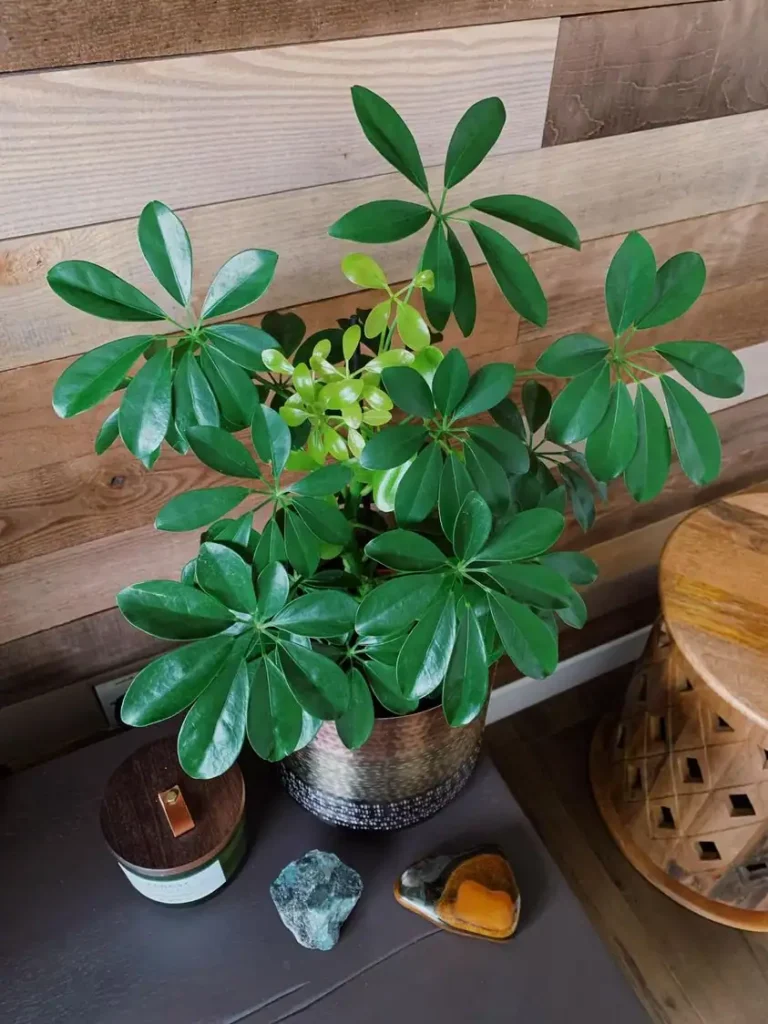
You can place your umbrella plant 3 feet away from your east-facing window or just in front of the window but with a shear curtain to avoid scorching the plant’s leaves.
Additional growth requirements for umbrella tree:
| Soil type | Well-draining potting soil. |
| Watering | Water deeply once every week. |
| Humidity | High humidity levels of between 60% to 80% |
5. Boston fern (Nephrolepis Exaltata)
The Boston fern is one of the most popular ferns grown as a houseplant. I hang mine in a basket near an east-facing window where it thrives in bright indirect light.
See below a photo of my Boston fern flourishing in plenty of light near an east-facing window.
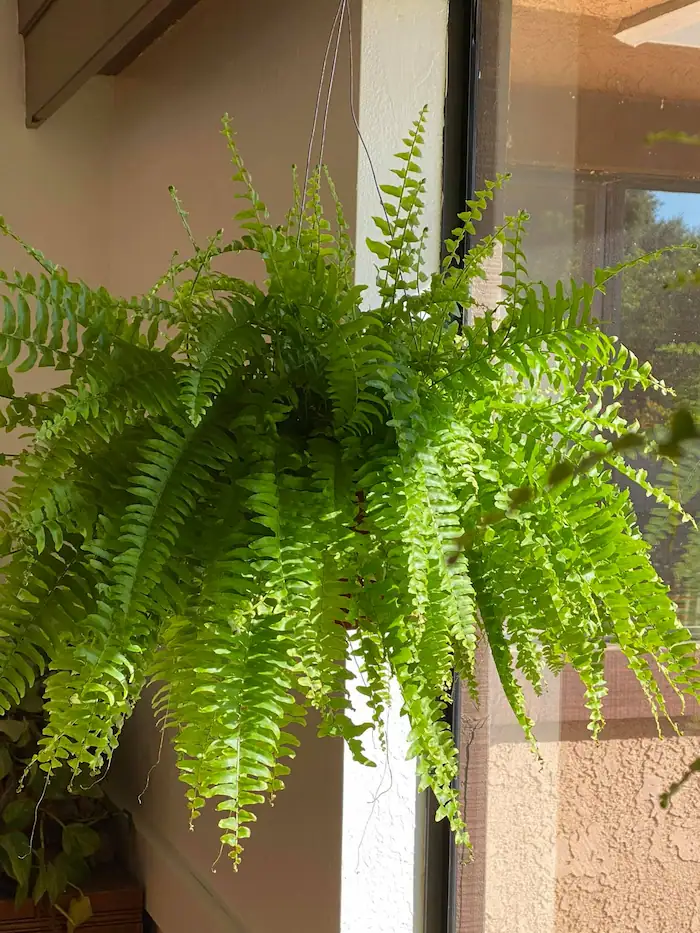
The Boston fern has long, graceful fronds bedecked with ruffled pinnae. It appreciates humidity close to 80%, but mine thrives in slightly lower humidity levels as I have other plants in the house that I don’t want to affect with too much moisture.
- Place your Boston fern on an elevated surface near an east window where its lovely trailing shape can be appreciated.
- Water thoroughly when the top inch of soil dries out.
- Prune any dead or damaged fronds to keep it looking fresh.
In addition to its aesthetic value, the Boston fern is an excellent air-purifying plant. It has been proven to remove harmful toxins from indoor air, such as formaldehyde and benzene.
6. Youth on Age (Tolmiea menziesii)
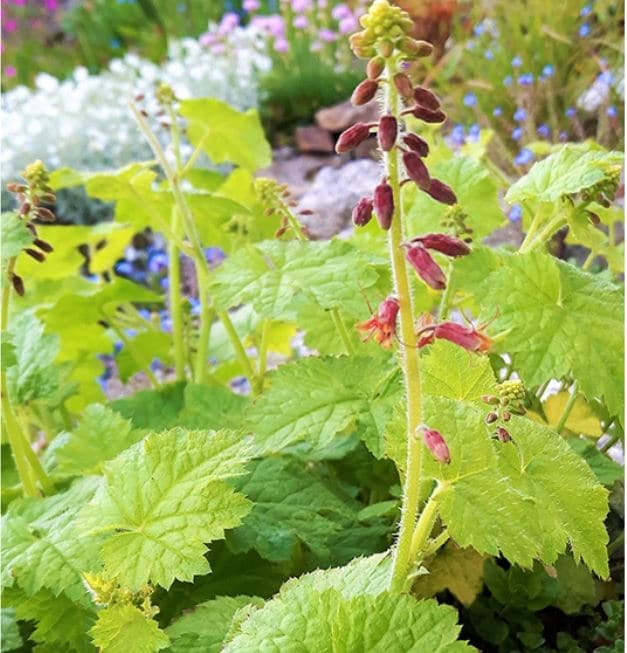
The wonderfully unusual youth on-age plant, also called Tolmiea menziesii or piggyback plant, is a must-have for brightening up an east-facing window.
I recommend placing your youth on age 2-3 feet away from an east window to provide the medium indirect light that keeps it happily growing. Avoid direct hot afternoon sun, which can scorch its leaves.
This houseplant is native to the Pacific Northwest and gets its quirky name from the plantlets that form on top of its existing leaves.
Growing requirements for youth on age include:
- Temperature: 60-85℉
- Watering: Allow the soil to partially dry out between waterings.
- Feeding: Monthly during spring and summer.
- Propagation: rooting and potting piggybacks
7. Japanese Fatsia (Fatsia Japonica)
I have a Japanese fatsia indoors, and I noticed that it grows quite slowly if it doesn’t get enough sunlight. Also known as Fatsia japonica, this plant is a tropical evergreen shrub native to Japan and Korea.

Moving it closer to an east-facing window improved its health, making it produce large, glossy, evergreen leaves that look great with the morning sun.
Mine puts out a lot of new growth. The bright light keeps the foliage lush and prevents leaf drop.f
Basically, fatsia japonica needs about 6 hours of bright indirect light when growing indoors. An east-facing window is ideal.
Care requirements for Japanese fatsia include:
| Soil type | Slightly acidic, compost-rich soil. |
| Temperature | 60-75 ℉. |
| Watering | Water deeply once every two weeks. |
| Fertilizer | Feed your plant 1-2 times monthly during spring and summer with a general houseplant fertilizer. |
8. Fiddle Leaf Fig (Ficus lyrata)
Fiddle leaf fig is a slow-growing houseplant with long, beautiful green glossy leaves that grow up to 18 inches long. It is an easy-to-maintain plant that adds green aesthetics to your indoor space.
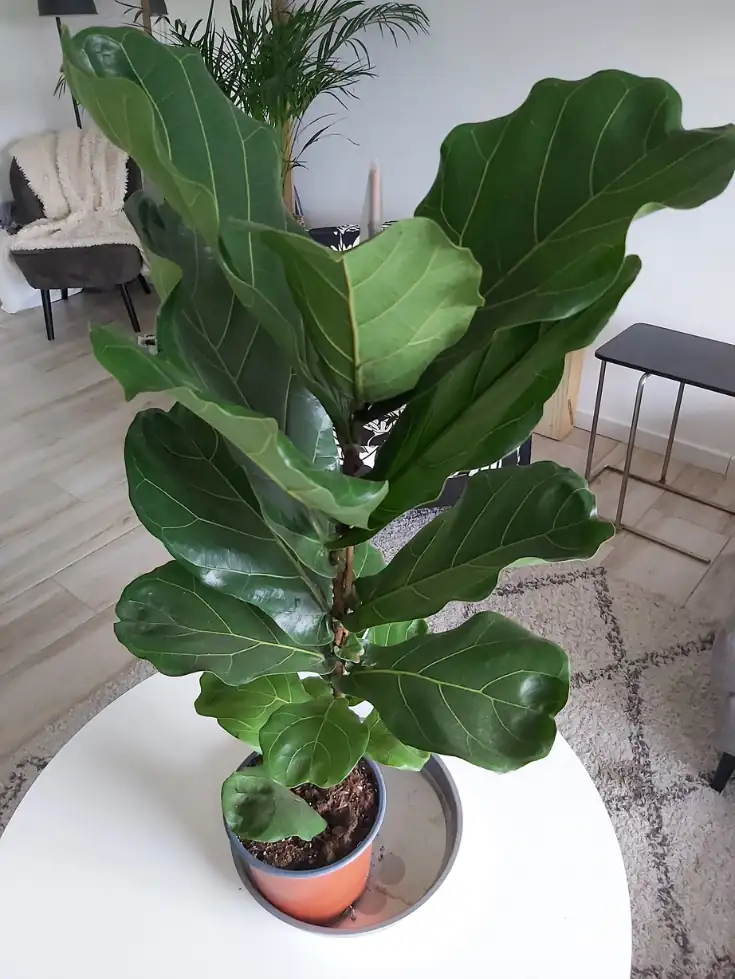
The fiddle leaf fig requires an average of 4 hours of sunlight. Morning sun from the east-facing window is ideal. This morning sun helps to prevent leaf drooping and browning.
| Soil-type | Pot using well-draining, lightweight soil with a pH of 5.5 and 7.0. |
| Temperature | 65℉ to 75℉ |
| Watering | Water once every ten days. |
| Fertilizer | Feed your plant with an organic fertilizer. |
9. Hoya plant (Hoya carnosa)
The hoya plant, also known as the wax plant or Hindu rope, is one of my favorites for an east-facing window. The vining epiphyte originates from South and Southeast Asia and is loved for its twisting vines and fragrant flowers.
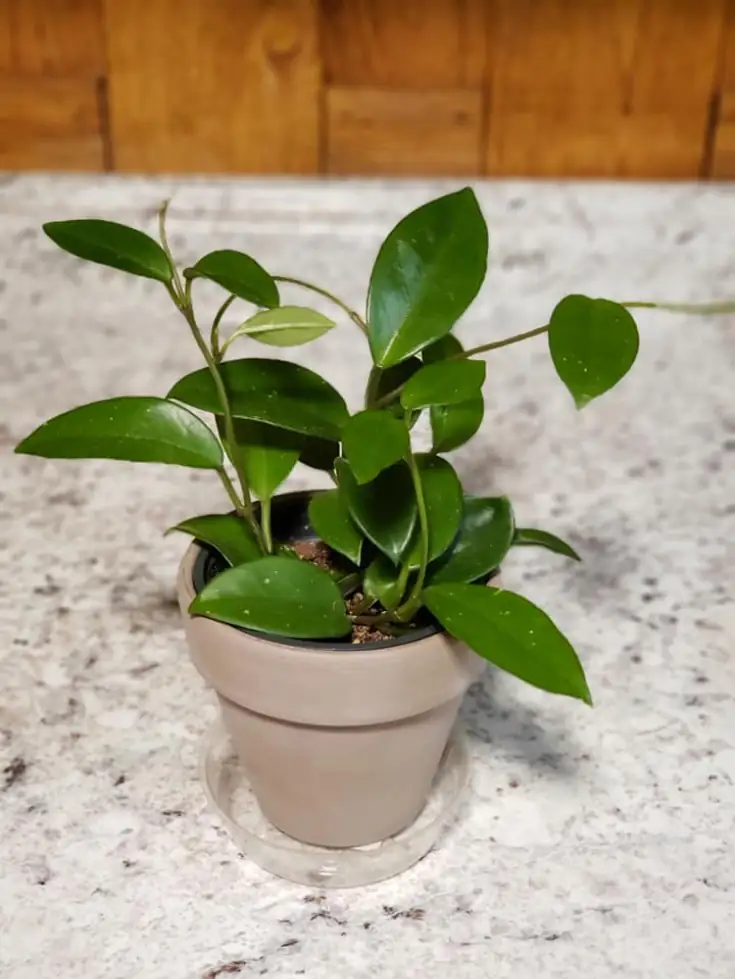
The Hoya plant prefers at least 6 hours of bright indirect light. Ideally, place your hoya plant 5 feet away from an east-facing window.
Additional care requirements for the hoya plants include:
| Soil type | 6.1 to 7.3pH. |
| Temperature | 60- 80℉. |
| Watering | Water once every week during spring, then reduce the quantity during winter. |
| Fertilizer | Feed once a month from spring till early fall. |
| Pruning | Prune in spring. |
10. Calathea
Calathea is probably the houseplant you know for its incredible leaf patterns and colors. It is a true standout for an east-facing window, owing to its painterly striped leaves and demand for medium, indirect sunlight.
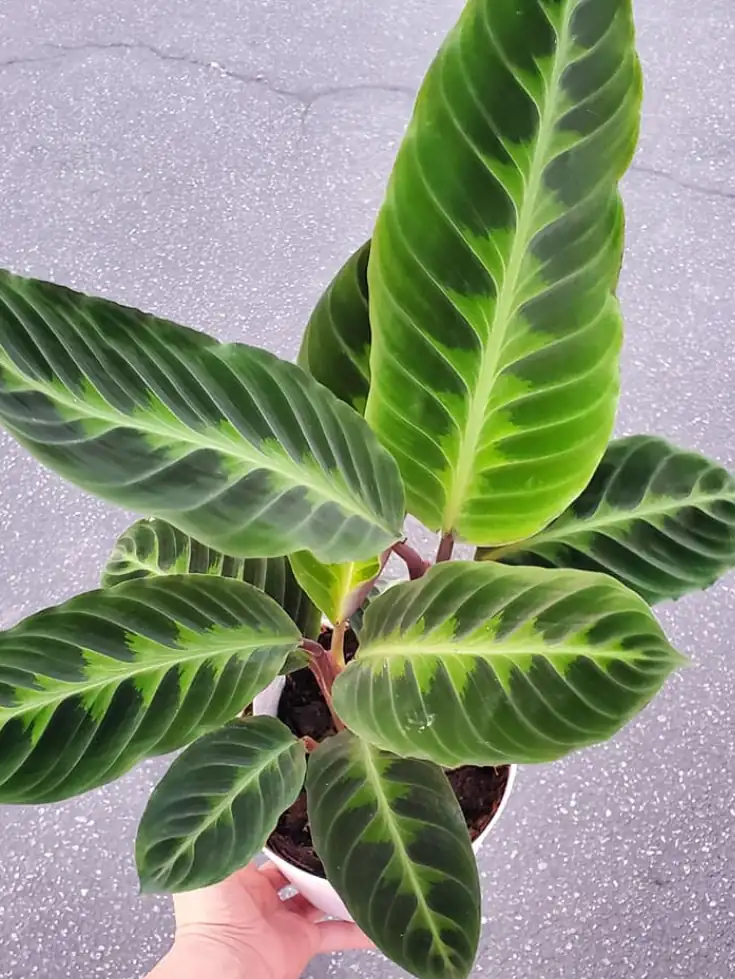
I recommend placing your calathea 3-4 feet from an east window. The indirect sunlight is perfect for these plants as it mimics their native habitat – the lush floors of South American rainforests. Too much direct sun can burn their leaves.
Growth requirements for calathea:
Water thoroughly when the top inch of soil dries out and keep humidity around 50-60% by misting. Use distilled or rainwater to prevent leaf damage from minerals. Maintain indoor temps of 65-75°F.
Divide congested plants in spring to invigorate growth.
11. Maranta (Maranta leuconeura)
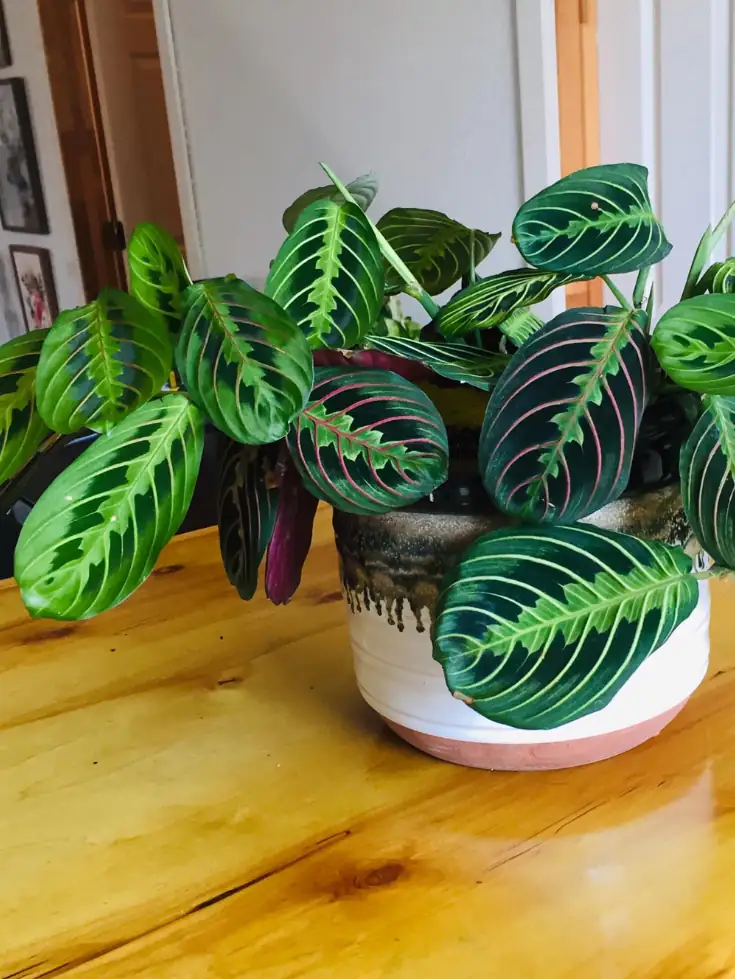
The prayer plant, also known as maranta, got its name from its ability to fold its leaves like praying hands during the night and unfold during the day. It is a fantastic houseplant with a height of upto 12 inches, making it suitable for any indoor environment.
Place your prayer plant 3-5 feet away from an east-facing window to avoid scorching the leaves of your plant.
Care requirements for prayer plants:
| Soil type | Thrives in moist, well-drained soil |
| Temperature | Perfect temperatures (60-80℉). |
| Watering | Irrigate once or twice a week. |
| Humidity | Preferred levels are 60%. |
Conclusion
An east-facing window provides the perfect blend of direct and indirect light to grow a variety of popular houseplants.
Finding the right plants for your east-facing window can bring new life into your indoor gardening space. By considering the unique growing requirements of each plant, you can create a thriving indoor garden near your east-facing window.
Remember to place plants needing more light closer to the window to soak up morning sun. Move light-sensitive plants further away to avoid scorching.



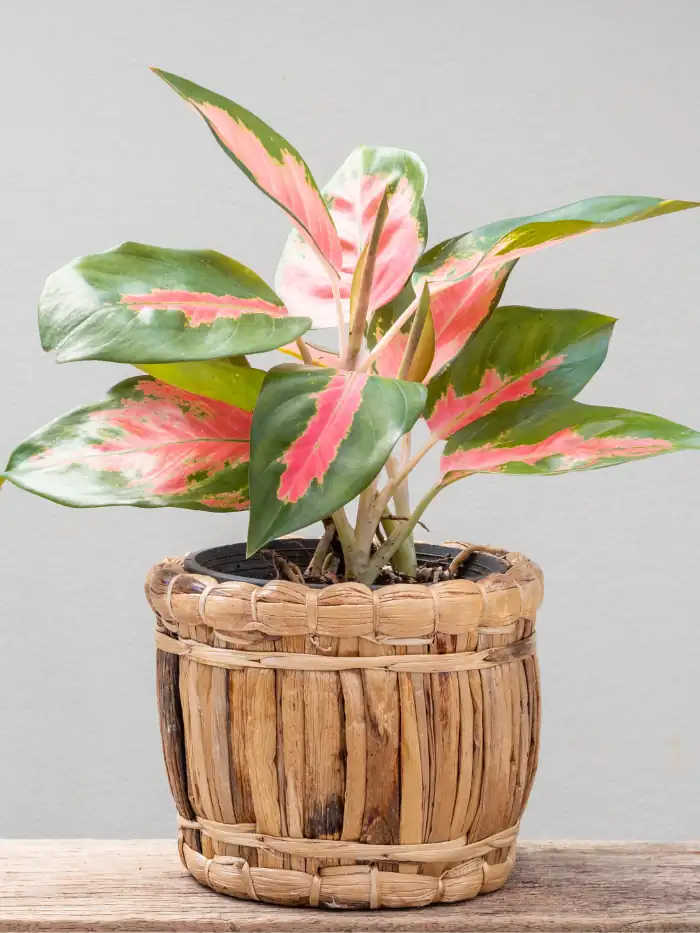
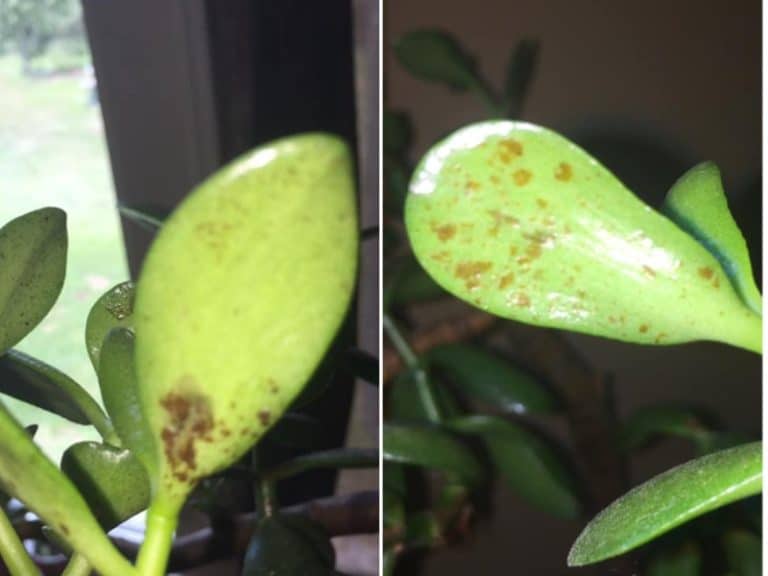
![Pothos vs. Philodendron: Differences [Pictures + Identification]](https://gardenine.com/wp-content/uploads/2020/12/Pothos-vs-Philodendron-leaf-shape-and-texture-768x576.jpg)
